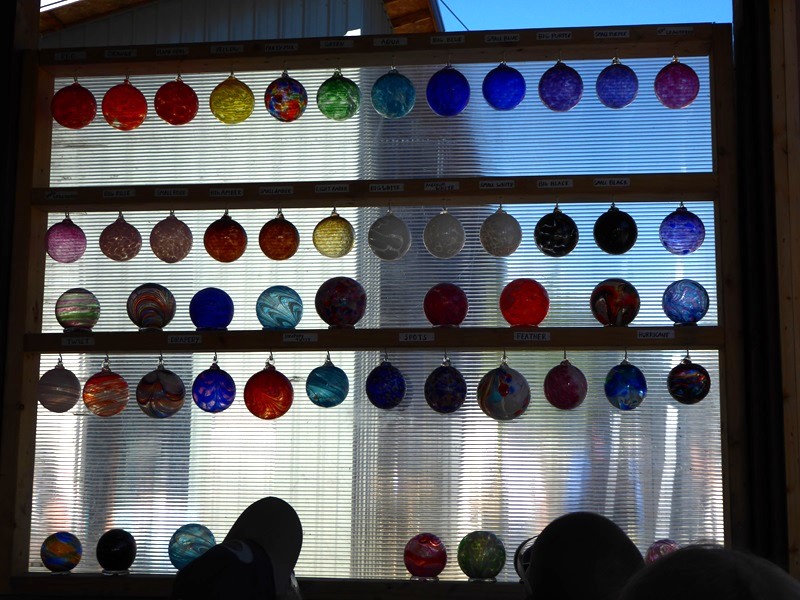Seeing Synchronous Fireflies
Most people are familiar with fireflies (also called lightning bugs). They are bioluminescent bugs that live in moist areas in many countries. There are over 2000 species of fireflies around the world.
Fireflies use their bioluminescence at dusk to attract both mates and prey. Most people don’t know they are beetles, not flies of any sort. Their non-flying glowing brethren are glowworms, which are really cool in their own way.
One interesting fact about fireflies is that most of their life is spent in the larval stage (up to 2 years). What we see is their adult stage that lasts a few weeks. As larvae, they eat slugs, snails and worms
Sadly, fireflies around the world are threatened because of light pollution. It makes it hard for them to see each others’ lights, which restricts mating. Additionally, like many animals, their habitat is being converted to housing, and they are damaged by pesticide use.
Some particularly interesting species of firefly are called synchronous fireflies. One variety lives in the Great Smoky Mountain National Park. You can see them generally at the end of May or the beginning of June (fill out the lottery form here to get the chance). They are also a few other places in the US and a similar species is in Southeast Asia.







